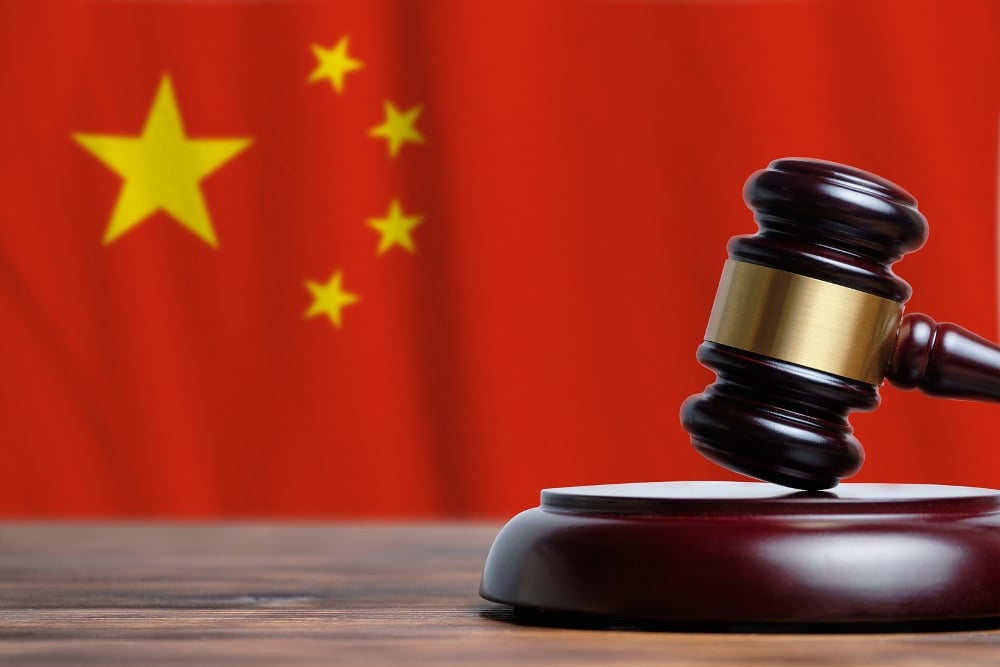When developing a new product, one of the first questions a client asks is: “How can I protect it—and where?” While intellectual property (IP) protection in the United States is typically a given, many clients still hesitate when it comes to seeking IP protection internationally—especially in China.
Despite outdated assumptions, China has evolved into a global economic and technological leader. Yet some still believe it is not worth securing IP protection there, arguing that patents, trademarks, and copyrights are difficult to enforce due to perceived bias in the Chinese legal system against foreign companies—particularly U.S. companies.
Fact or Myth?
This myth stems from a history of widespread counterfeiting and IP infringement in China, where enforcement was historically weak. In past decades, large Western companies frequently complained about stolen ideas and copied products in China and reported that there were ineffective legal remedies in China for such nefarious activities. In this regard, it is important to recognize the relative youth of China’s IP system—trademark registration began only in 1983, the patent system was introduced in 1985, and China’s first comprehensive copyright law was enacted in 1990. Compare that to the U.S. where federal trademark registration began (with some fits and starts) in 1870, and initial federal statutes for patent and copyright protection were passed in 1790.
That said, much has changed. Today’s Chinese IP protection systems are governed by a “first-to-file” model, like the IP systems of most countries around the world. Importantly, this filing preference standard applies equally to both domestic and foreign applicants. Many of the losses U.S. companies suffer in Chinese IP disputes are due not to systemic bias, but due to failing to file for Chinese IP protections in the first place.
The Case for Filing in China
Yes, Chinese counterfeiters still exist, but they exist everywhere. The potential for imitation is not a reason to avoid filing for IP protection in China—it is precisely the reason to file there. Without IP rights on record in China, U.S. companies have no legal standing to challenge copycats. And that is not unique to China; the U.S. also offers little to no protection unless IP rights are registered. “This is the way,” as The Mandalorian would say.
China is now the world’s second largest economy and a major hub for innovation, manufacturing and licensing. According to the U.S. National Science Foundation, approximately 33% of China’s first university degrees in 2020 were in engineering disciplines (compared to just 7% of such first degrees in the U.S.), per the Education Data Initiative. When you take in to account that China’s population is roughly three times that of the U.S., the emphasis and advantage for innovation potential in China is immense (based on that one significant education metric). Want another measurement of this disparity? According to the World Intellectual Property Organization, in 2023 Chinese residents filed about 1.64 million patent applications worldwide, while patent filings by U.S. residents in 2023 were a distant second, at 513,364 worldwide patent applications.
You Only Own What You Register
In China, IP rights go to the first person or entity to file—not necessarily the original creator. For U.S. businesses, that means early action is vital. Registering your IP in China (patents, trademarks and copyrights) helps prevent expensive litigation, market exclusion, content copying, and brand hijacking. In today’s enforcement-conscious Chinese IP landscape, registration is not just smart—it is essential.










